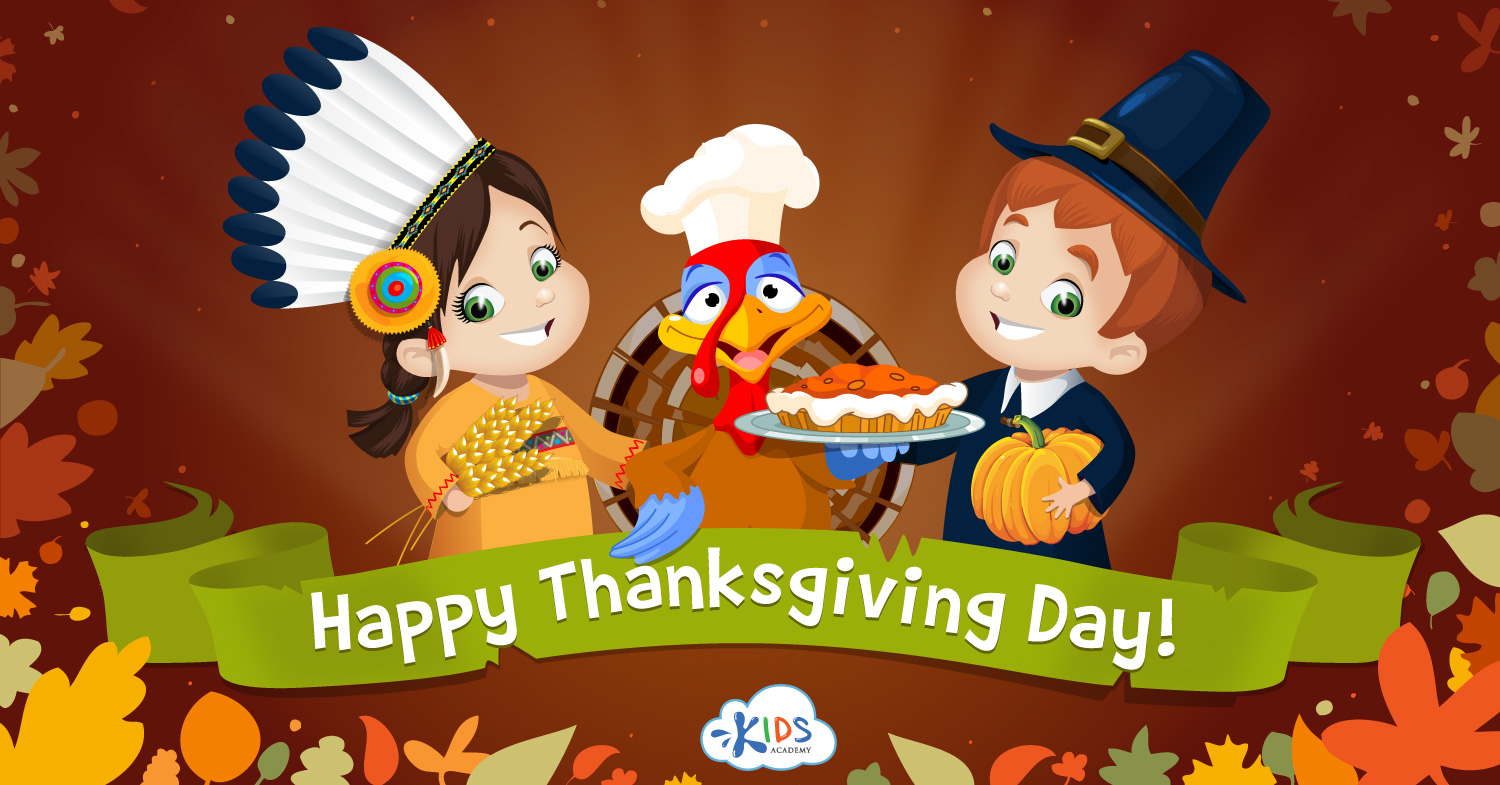Understanding tally marks Numbers Worksheets for Ages 7-8
5 filtered results
-
From - To
Explore our "Understanding Tally Marks Numbers Worksheets" designed specifically for ages 7-8! These engaging worksheets help young learners grasp the concept of tally marks, a fun and practical way to count and represent numbers. With vibrant visuals and interactive exercises, students will strengthen their counting skills while learning to interpret and create tally marks confidently. Each worksheet is aligned with educational standards, making them perfect for classroom or home use. Unlock the joy of learning with our comprehensive resources that foster numerical understanding and encourage a hands-on approach to mathematics. Start your counting adventure today!


Bugs Tally Worksheet
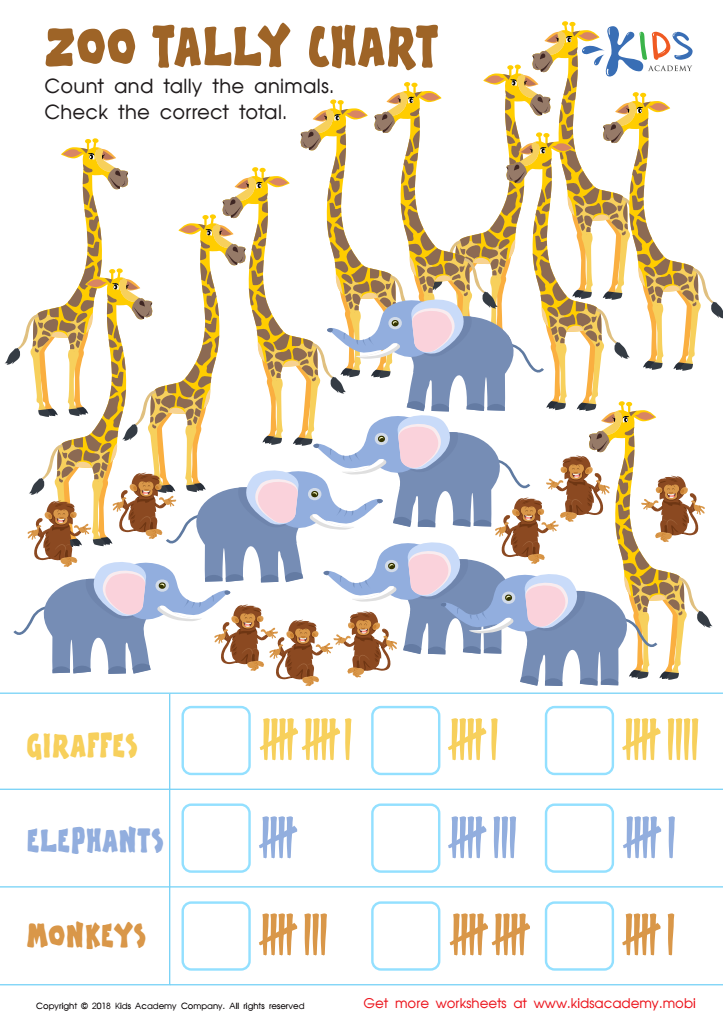

Zoo Tally Chart Worksheet
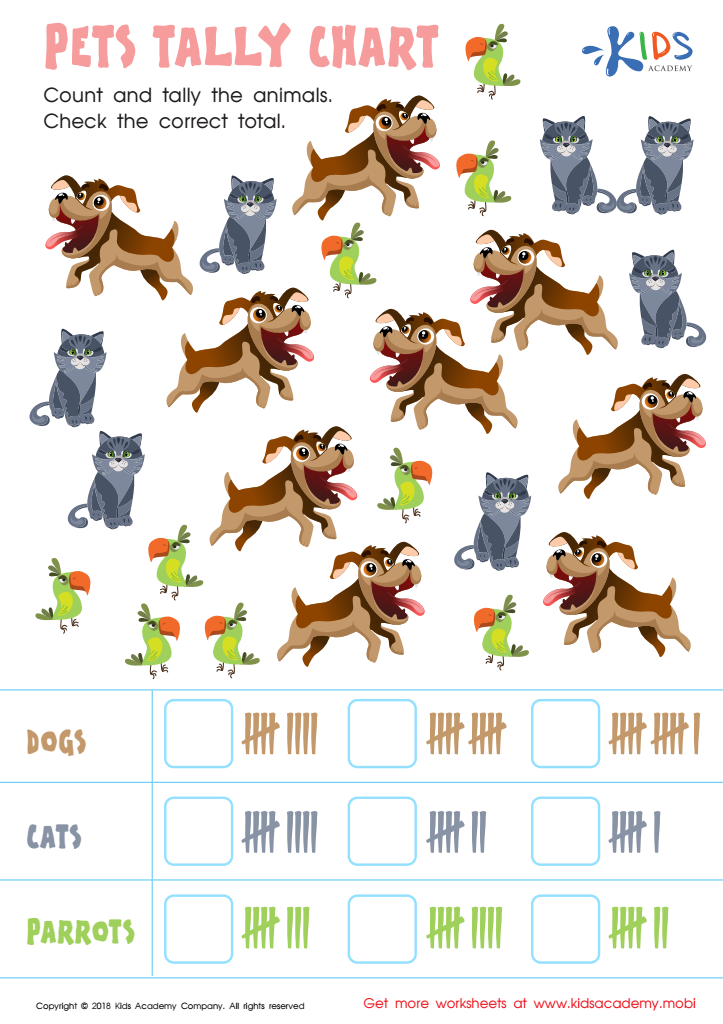

Pets Tally Chart Worksheet
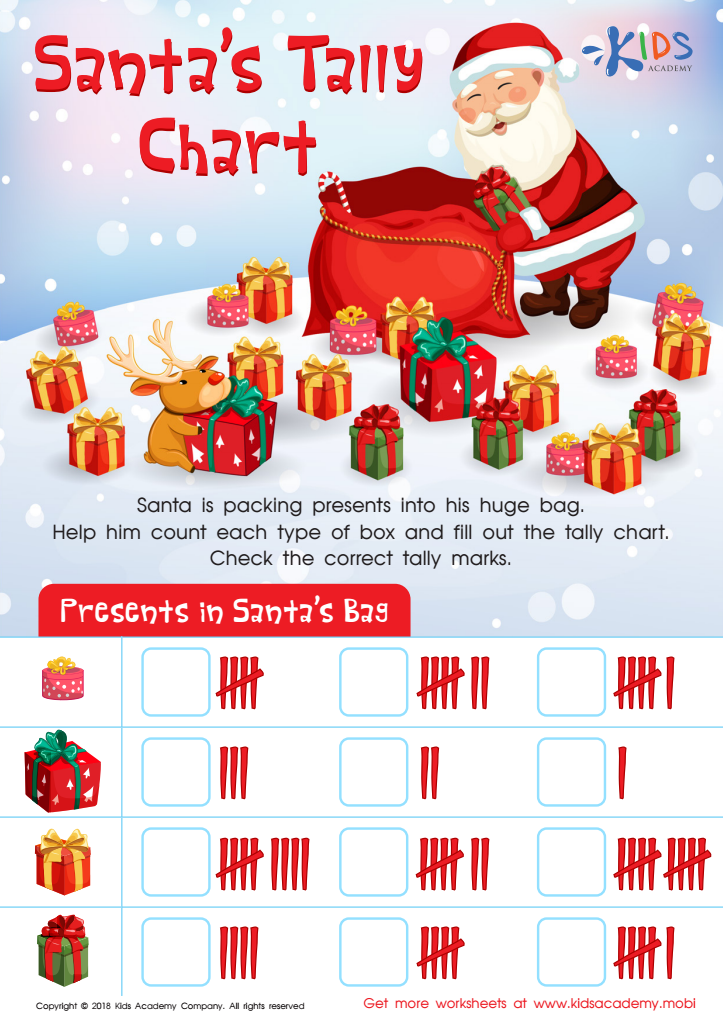

Santa Tally Chart Worksheet
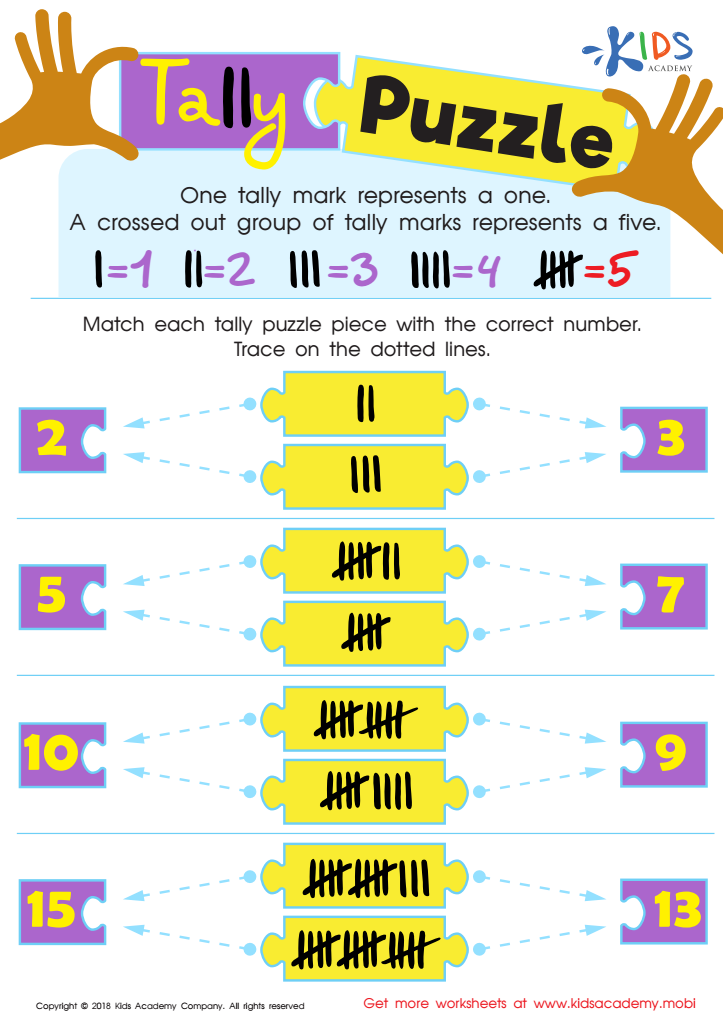

Tally Puzzle Worksheet
Understanding tally marks is crucial for children aged 7-8 as it forms a foundational skill in math and data representation. Tally marks offer a simple and visual way to record and count quantities, making them an effective tool for teaching basic counting and organizational skills. For parents and teachers, fostering this understanding enhances children's ability to interpret and analyze information, which is essential for their academic growth.
Additionally, learning tally marks aids in developing greater problem-solving abilities. Children can easily tally votes, scores, or items, fostering a sense of participation in group activities and decision-making processes. Practicing with tally marks builds confidence in handling larger numbers, as each group of five signifies a milestone that simplifies counting.
Teaching children to use tally marks also lays the groundwork for more advanced concepts like graphs and charts. This engenders a deeper understanding of data representation, a skill that they will utilize throughout their education. Encouraging parents and teachers to actively engage with children about tallies not only strengthens their mathematical reasoning but also paves the way for lifelong enthusiasm for learning and applying math in everyday situations. Investing time in this skill nurtures critical thinking and prepares young learners for future challenges.
 Assign to My Students
Assign to My Students






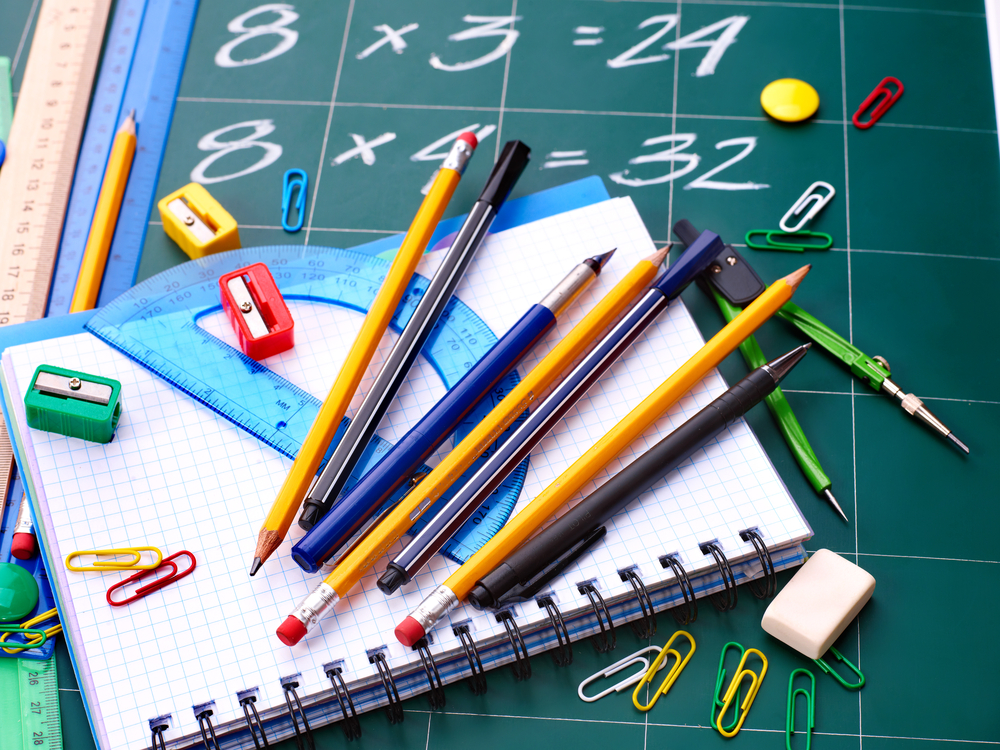

.jpg)

